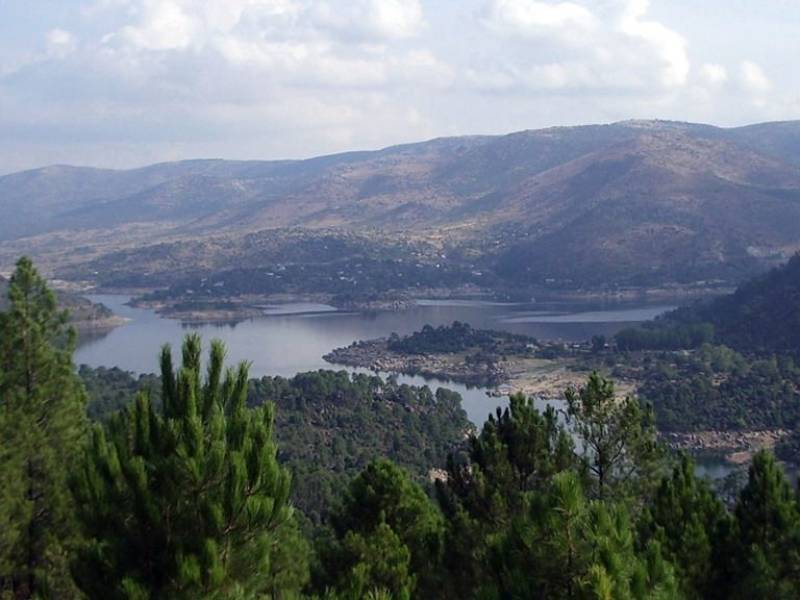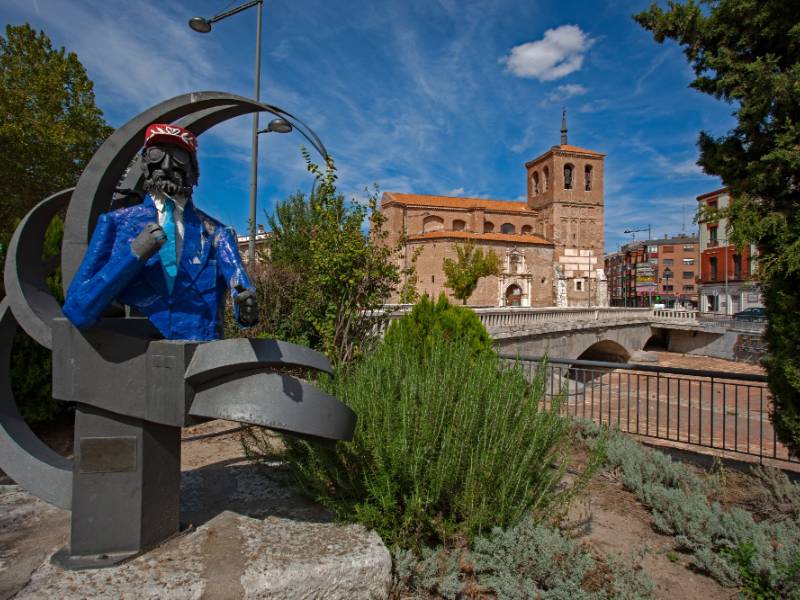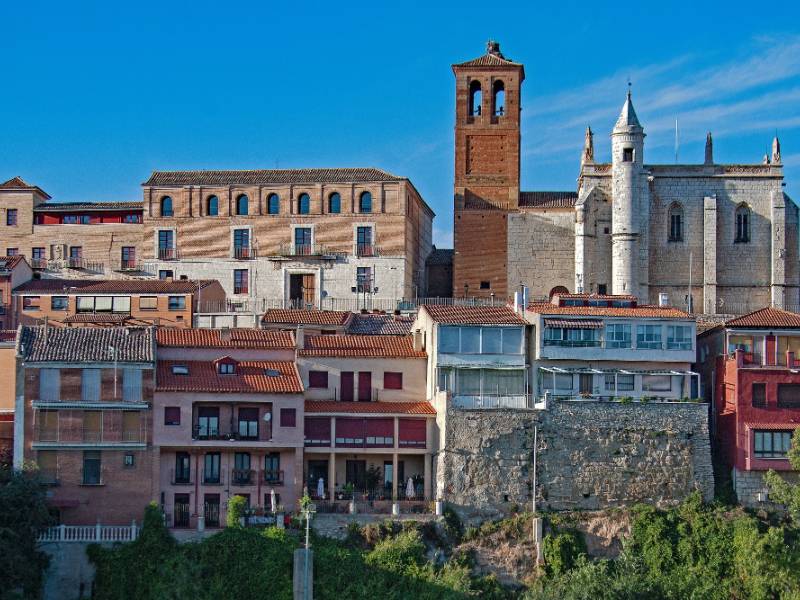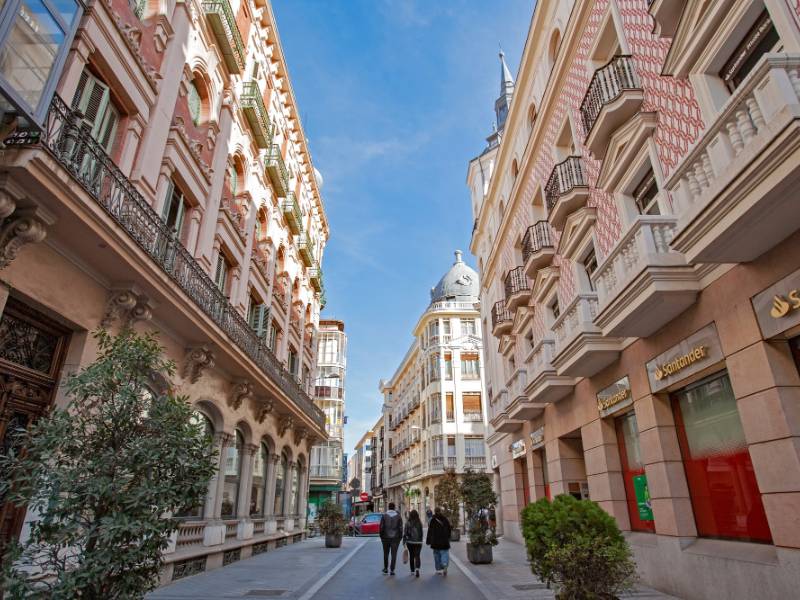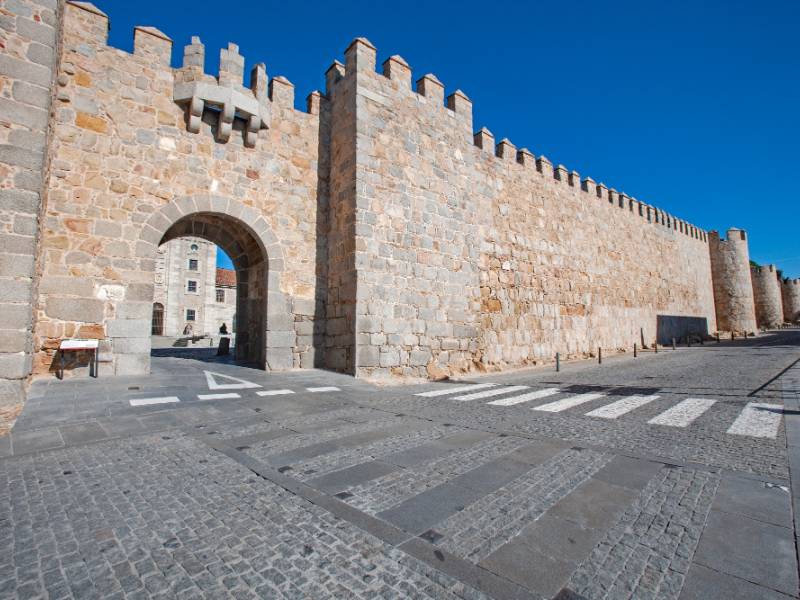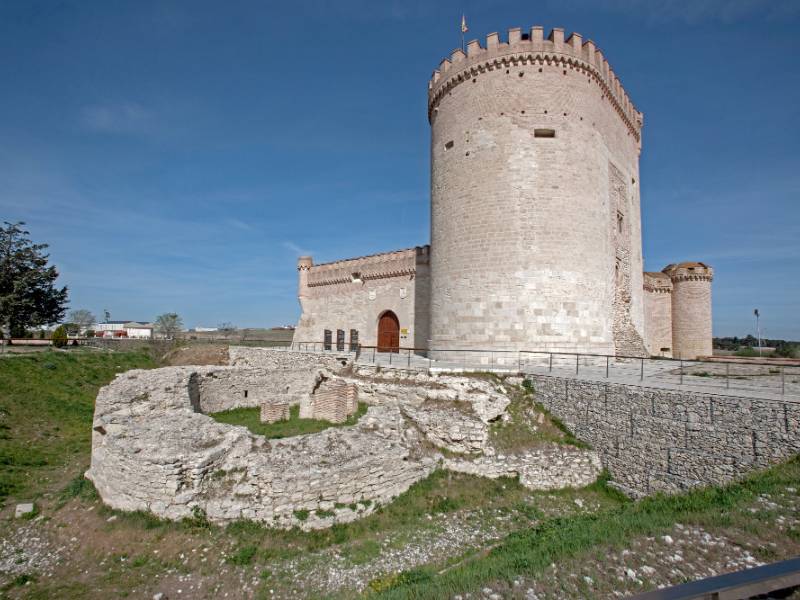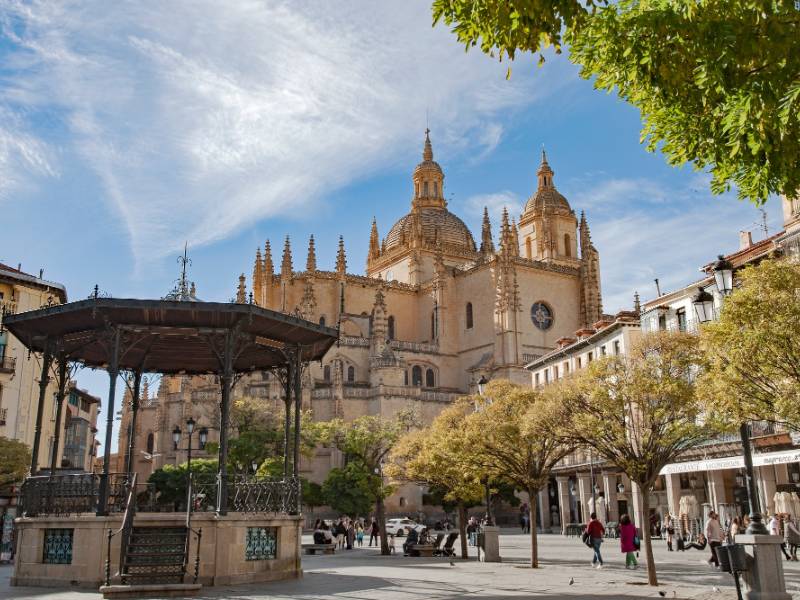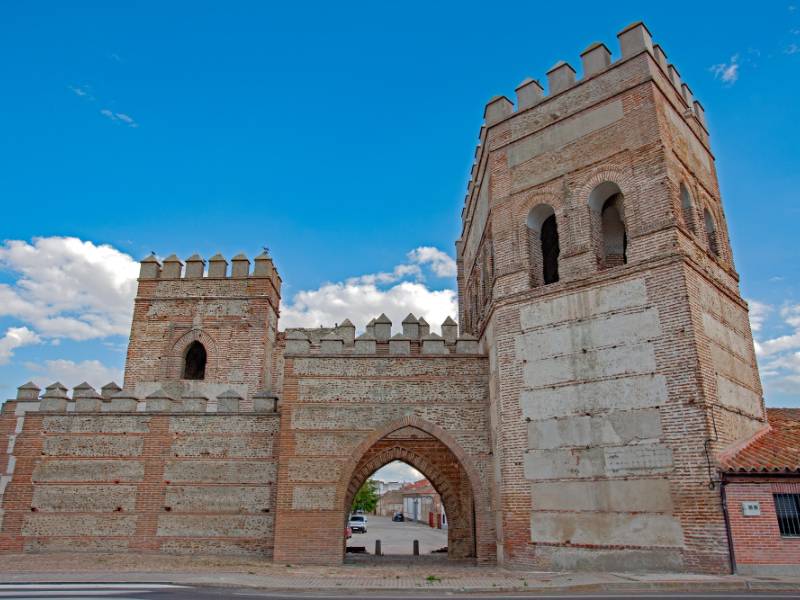Route d'Isabel - Ségovie
- Antérieur
- Suivant
En 1461 et suite à la naissance de Jeanne de Castille, fille du roi Henri IV et de son épouse Jeanne de Portugal, les frères du Roi (Isabelle et Alphonse) sont transférés à la ville de Ségovie, lieu ou était située la Cour, dans le but d’être contrôlés par le Roi.
Le 12 décembre 1474, alors qu’Isabelle était à l’Alcazar de Ségovie, elle reçoit la nouvelle de la mort de son frère, le roi Henri. Tout fut très vite organisé pour la proclamer Reine le jour d’après. La Cathédrale de Ségovie témoigna de la réception faite par Isabelle à son mari Fernand suite à sa proclamation en tant que Reine de Castille.
Référence au contenu
Que voir?
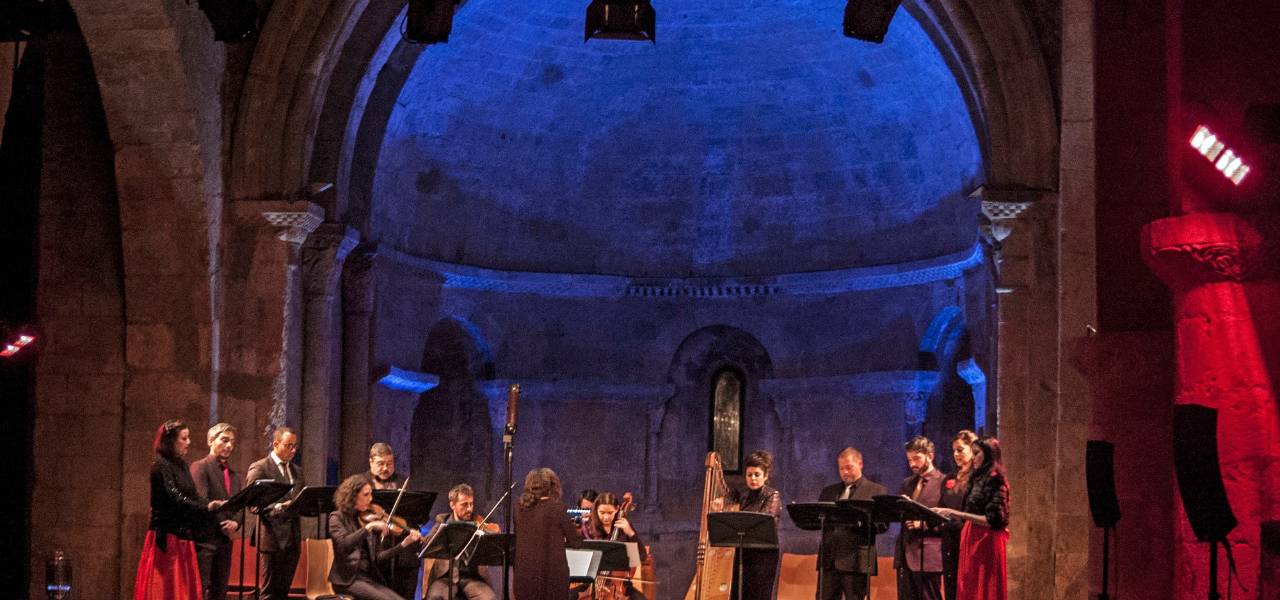 Semaine de la musique sacrée de SégoviePlus d\informations
Semaine de la musique sacrée de SégoviePlus d\informationsÀ l'occasion de la Semaine Sainte, la Fondation Juan de Borbón organise chaque printemps la Semaine de la musique sacrée de Ségovie , l'un des cycles les plus anciens de la scène musicale espagnole. La...
- Date
- aprox del 20 de marzo al 15 de abril
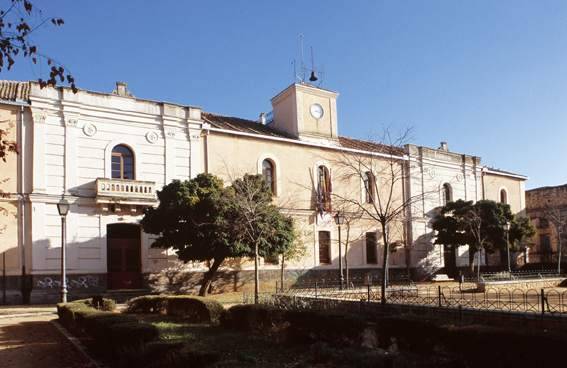 Ancien Institut d'Enseignement Secondaire "Mariano Quintanilla"Plus d\informations
Ancien Institut d'Enseignement Secondaire "Mariano Quintanilla"Plus d\informationsAncien collège de jésuites, avec une façade baroque résultant de la restauration réalisée à la moitié du XVIIIe siècle, suite à un incendie qui a détruit le reste des objets du monastère.L'ancien lycée...
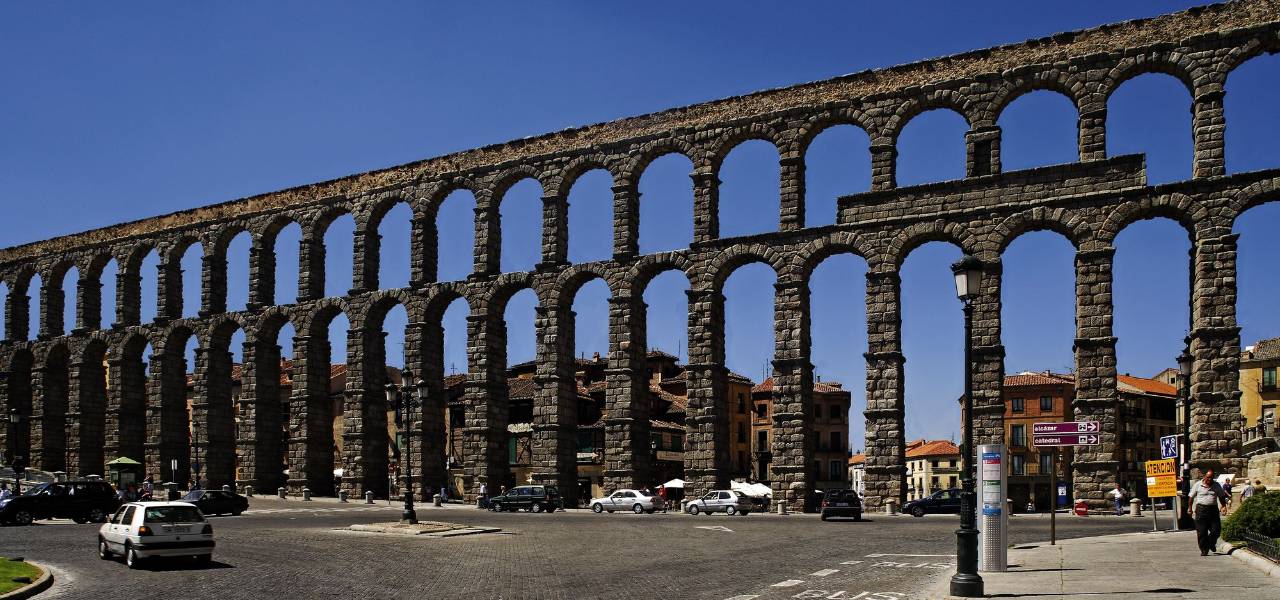 Aqueduc de SégoviePlus d\informations
Aqueduc de SégoviePlus d\informationsAqueduc du Ie siècle, à l’époque des flaviens, et de Nerva ou Trajan. Ses 166 arcs en pierre granitique de la rivière Guadarrama sont construits en pierres de taille sans aucune sorte de mortier grâce...
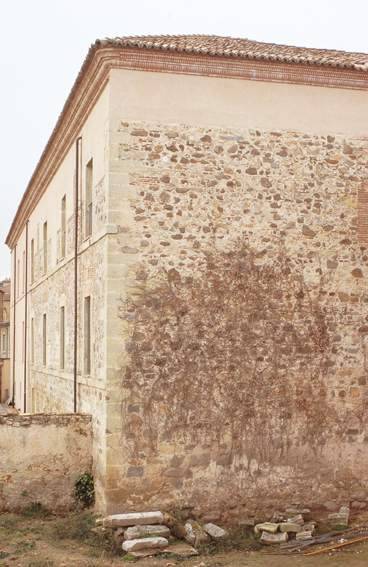 Archives historiques provinciales (Manoir)Plus d\informations
Archives historiques provinciales (Manoir)Plus d\informationsLe palais, sur sa façade principale, est adapté à la topographie de la rue à pente prononcée avec ses deux étages en haut et trois à la fin de celle-ci. Elle consistait à de différents voussoirs de fenêtres...
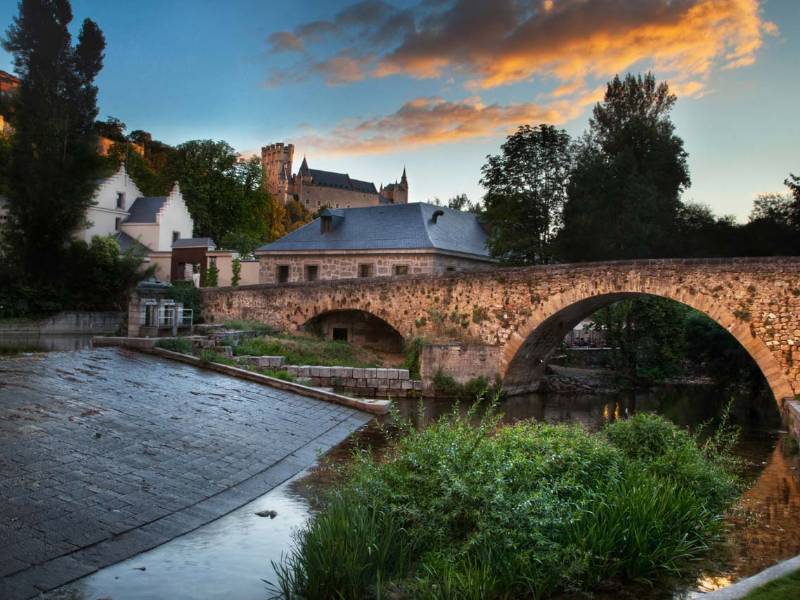 Ensemble boisé et promenade de SegoviaPlus d\informations
Ensemble boisé et promenade de SegoviaPlus d\informationsL’ensemble boisé et la promenade de Segovia est un de ces endroits où l’on peut profiter d'un paysage de conte de fées, de couleurs, de rêve. Visiter les environs de Segovia est peut-être explorer un des...
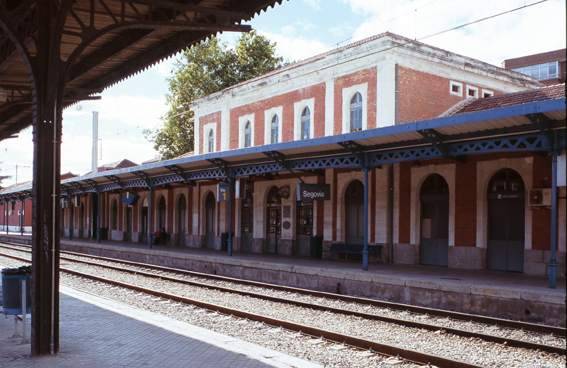 Gare de SegoviaPlus d\informations
Gare de SegoviaPlus d\informationsConstruction de 1888 qui contient la plupart des rares exemples de l'architecture industrielle du fer du XIXème siècle à Segovia. Un bâtiment longitudinal parallèle aux voies dont la partie centrale, de...
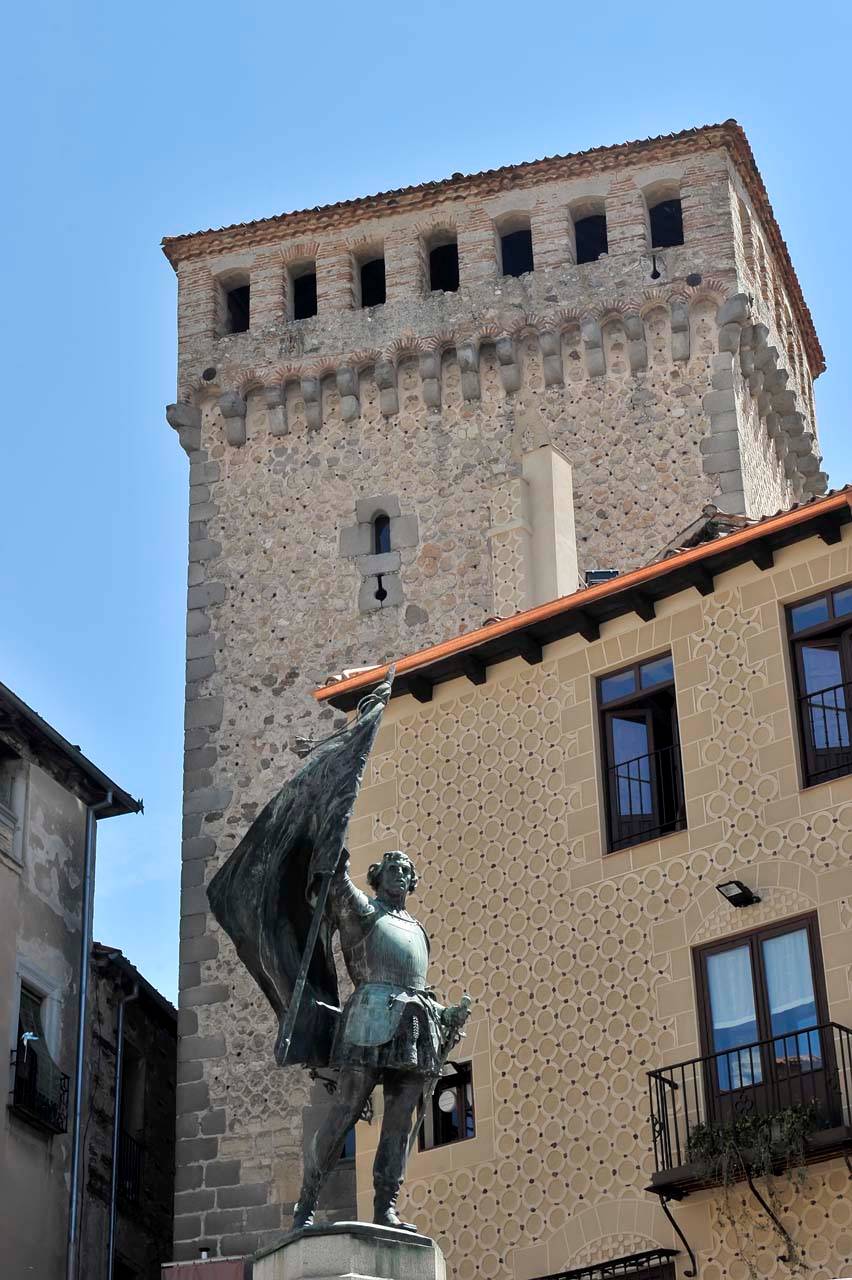 Grande tour de Lozoya. Musée de la Fondation Caja SegoviaPlus d\informations
Grande tour de Lozoya. Musée de la Fondation Caja SegoviaPlus d\informationsTour defensive du XVIe scieve. A l'interieur, deux cours de style renaissance.
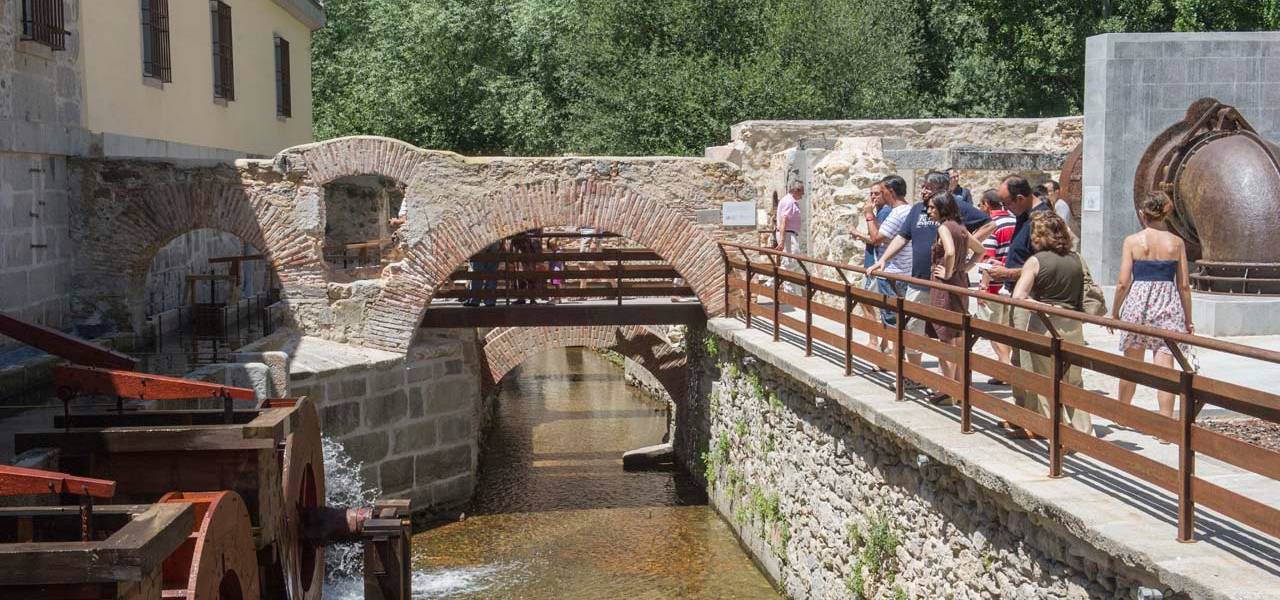 Maison Royale de la MonnaiePlus d\informations
Maison Royale de la MonnaiePlus d\informationsLe bâtiment a été construit entre 1583 et 1586 par l’architecte royal de Felipe II, Juan de Herrera, avec la fondation et patronage du monarque lui-même. Il a été agrandi au XVIIIe siècle par Carlos III,...
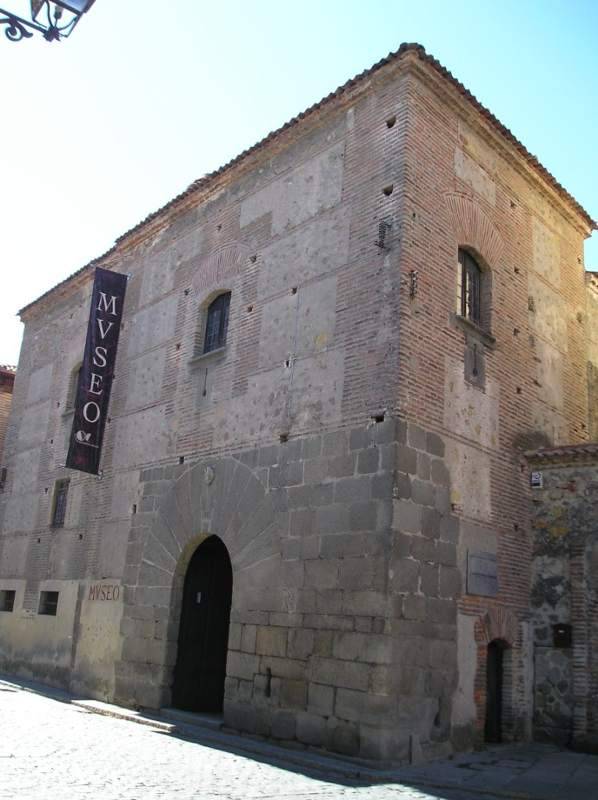 Maison de l'Hidalgo ou des ContrerasPlus d\informations
Maison de l'Hidalgo ou des ContrerasPlus d\informationsSimple et modeste palais nobiliaire vers l'année 1500, qui appartint d'abord aux Ducs de Almenara et après à la famille des Contreras. De caractéristiques populaires et avec influences mudéjares, il représente...

